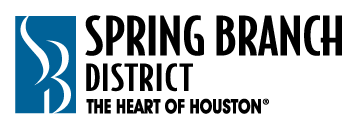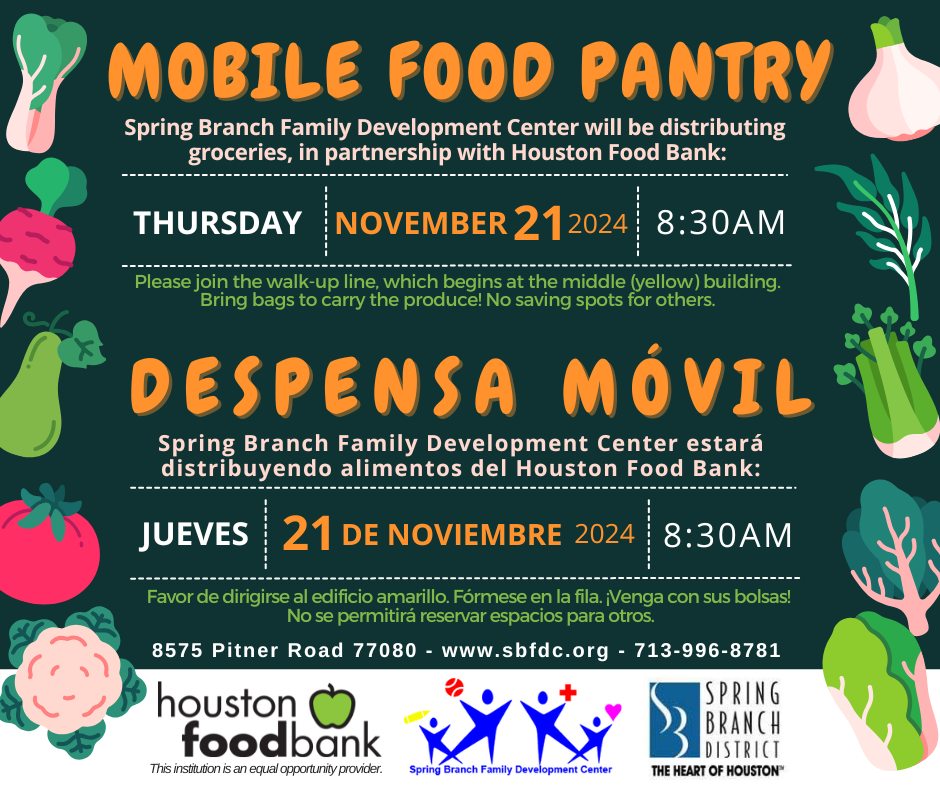Group Hopes to Remain in the Spring Branch District
by Dorothy Puch Lillig
 As Houston continues to expand at an unprecedented rate, countless species of Texas wildlife are threatened in the process. In a run-of-the-mill office park in the Spring Branch District, a coalition of dedicated volunteers is providing around-the-clock care for urban wildlife.
As Houston continues to expand at an unprecedented rate, countless species of Texas wildlife are threatened in the process. In a run-of-the-mill office park in the Spring Branch District, a coalition of dedicated volunteers is providing around-the-clock care for urban wildlife.
Jeannie Gresko, a volunteer with the Texas Wildlife Rehabilitation Coalition since 2007 and now vice president of the Board of Directors, said the coalition houses an onsite emergency and rehabilitative facility for wildlife, provides public educational outreach programs and operates a telephone hotline for wildlife concerns.
Both the emergency room and the help-line operate 7 days a week at TWRC’s offices in the Spring Branch District. A veterinarian is on staff to assist with training and emergencies. Experienced volunteers and staff facilitate initial triage, rehabilitation, release, and education.
“Our mission is to rehabilitate wildlife with the intention of returning healthy animals to the wild and also to educate the public on ways to live in harmony with our wild neighbors,” Gresko said.
At the same time as TWRC cares for urban wildlife suffering from loss of habitat, the group finds itself looking for a new home.
 The group has been at 10801 Hammerly Blvd. since 2008. Although they have a well-equipped emergency and rehabilitative center, they are in an office park in an industrial area. “Not exactly ideal for a wildlife center for many reasons,” Gresko said.
The group has been at 10801 Hammerly Blvd. since 2008. Although they have a well-equipped emergency and rehabilitative center, they are in an office park in an industrial area. “Not exactly ideal for a wildlife center for many reasons,” Gresko said.
Currently, the coalition leases two non-adjacent suites in the office park — one to house admissions and the emergency room and the other to accommodate onsite animal-care programs. The coalition’s expenditure for rent alone exceeds $50,000, and Gresko said they have no land to use on the property for constructing mammal pre-release enclosures or avian flight-training caging.
The coalition had a third leased suite in the same office park for a few years to use as an onsite education center for camps, education classes and seminars but had to give it up due to budget constraints, Gresko said.
TWRC began as a coalition of home-based wildlife rehabilitators after an oil spill in the Gulf of Mexico in 1979. In 1992, TWRC opened Houston’s first wildlife shelter and education center in a renovated trailer behind Town and Country Mall and, in 1994 TWRC was generously offered a small vacant suite inside the mall. In 1998, TWRC moved to a leased space at Memorial Drive and Wycliffe to allow for expansion of services and increased volunteer engagement. In 2008, TWRC again outgrew its space and moved the animal care and education facilities to their current location in the office park at Hammerly and Brittmoore.
 “Our hope is that we can remain in the Spring Branch/West Houston area,” Gresko said. “But without generous sponsorship and assistance for funding or donated space, we are struggling to make ends meet.”
“Our hope is that we can remain in the Spring Branch/West Houston area,” Gresko said. “But without generous sponsorship and assistance for funding or donated space, we are struggling to make ends meet.”
She proposed: “Would there be any underutilized or unused buildings in the Spring Branch area or land within a housing development or park area available for donation?”
“There are significant tax benefits to the donor for providing land and space for green initiatives, by the way,” she added.
TWRC cares for both native and non-native Texas wildlife found in and around the Houston area, with a specialty in small mammals, migratory songbirds, small raptors and reptiles.
TWRC does not charge a fee for wildlife admissions, allowing rescuers of any financial means to bring wild animals to their facility for care. At the same time, it costs more than $1,000 a day to provide the leased space, utilities, equipment, technology, medical care, payroll (for a very small part-time and seasonal staff) and state and federally required record-keeping software, Gresko said.
TWRC receives no funding from federal, state or local entities and relies solely upon the generosity of private and corporate donors, grants and fundraising event efforts to keep their doors open for wildlife in need.
The organization is always looking for financial sponsors for their center and educational outreach programs, as well as volunteers for the center and for home-based rehabilitations. TWRC holds a number of fundraising events every year.
 Right now, the coalition is hosting a shoe drive in which anyone can participate. The goal is 2,500 pairs of gently-worn shoes in 60 days (Jan. 14 to March 14). TWRC will receive a check based on the total weight of the shoes collected, and the shoes will be repurposed to assist micro-entrepreneurs in developing countries.
Right now, the coalition is hosting a shoe drive in which anyone can participate. The goal is 2,500 pairs of gently-worn shoes in 60 days (Jan. 14 to March 14). TWRC will receive a check based on the total weight of the shoes collected, and the shoes will be repurposed to assist micro-entrepreneurs in developing countries.
You can help by placing a drop-off box in your office or neighborhood and then bringing your donation to the coalition before March 14. But you may have to look carefully to find their offices.
Another drawback of the current location for the coalition is an inability to place a sign at the street, Gresko said. Their sign is only visible from the parking area in front.
“People don’t know where our facility is until they find an animal and start googling,” Gresko said. So, she asks that residents and business owners in the Spring Branch District help “spread the word” about the group’s needs, services and 40 years of dedication to urban wildlife in Houston.
“We need help with promoting our cause and sharing our mission,” she said.
Watch this video to learn more about TWRC in one minute: https://www.youtube.com/watch?v=g-3imxGOPhA
Texas Wildlife Rehabilitation Coalition
713-468-8972
10801 Hammerly Blvd., Suite 200, Houston TX 77043
www.twrcwildlifecenter.org








